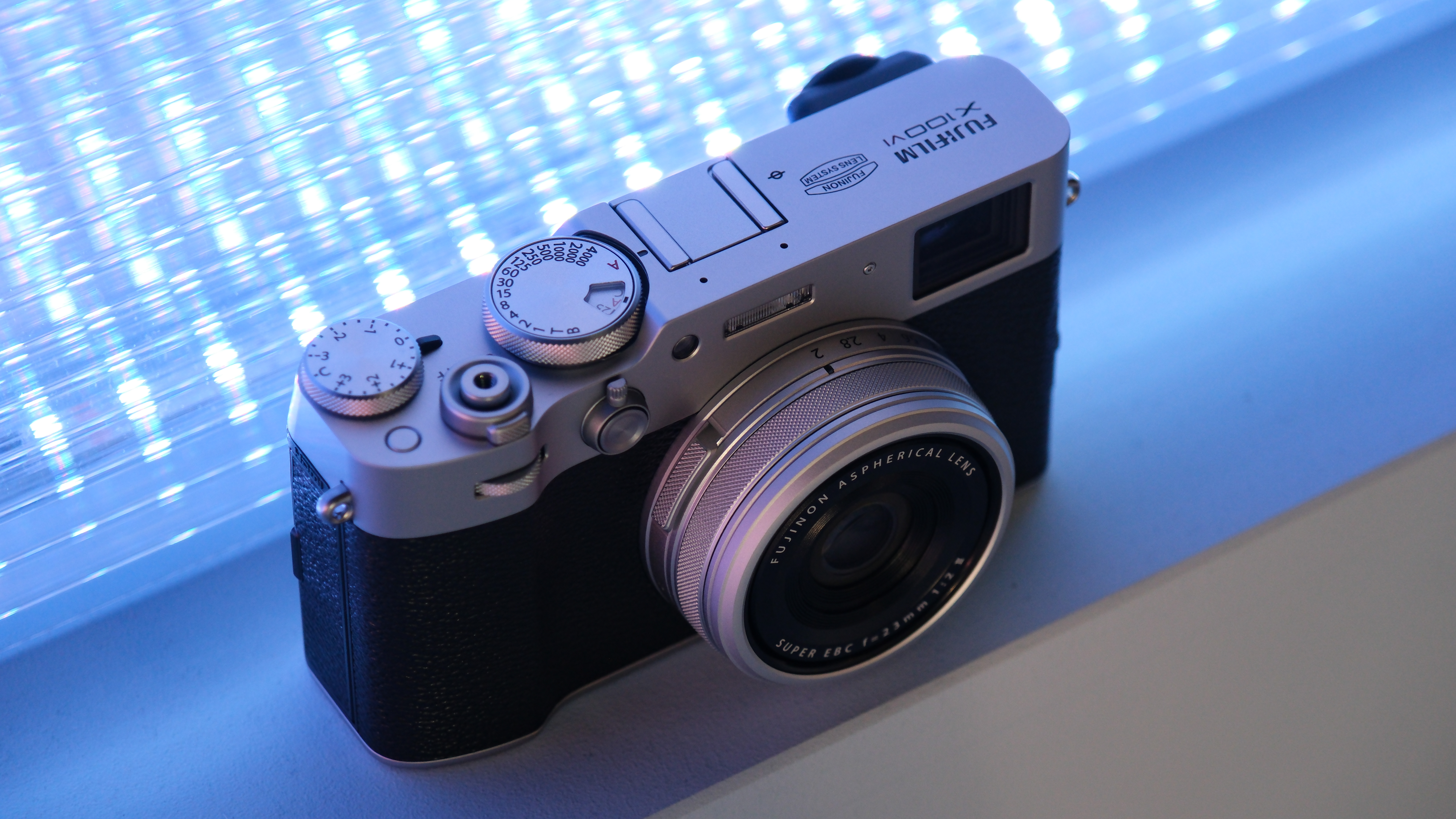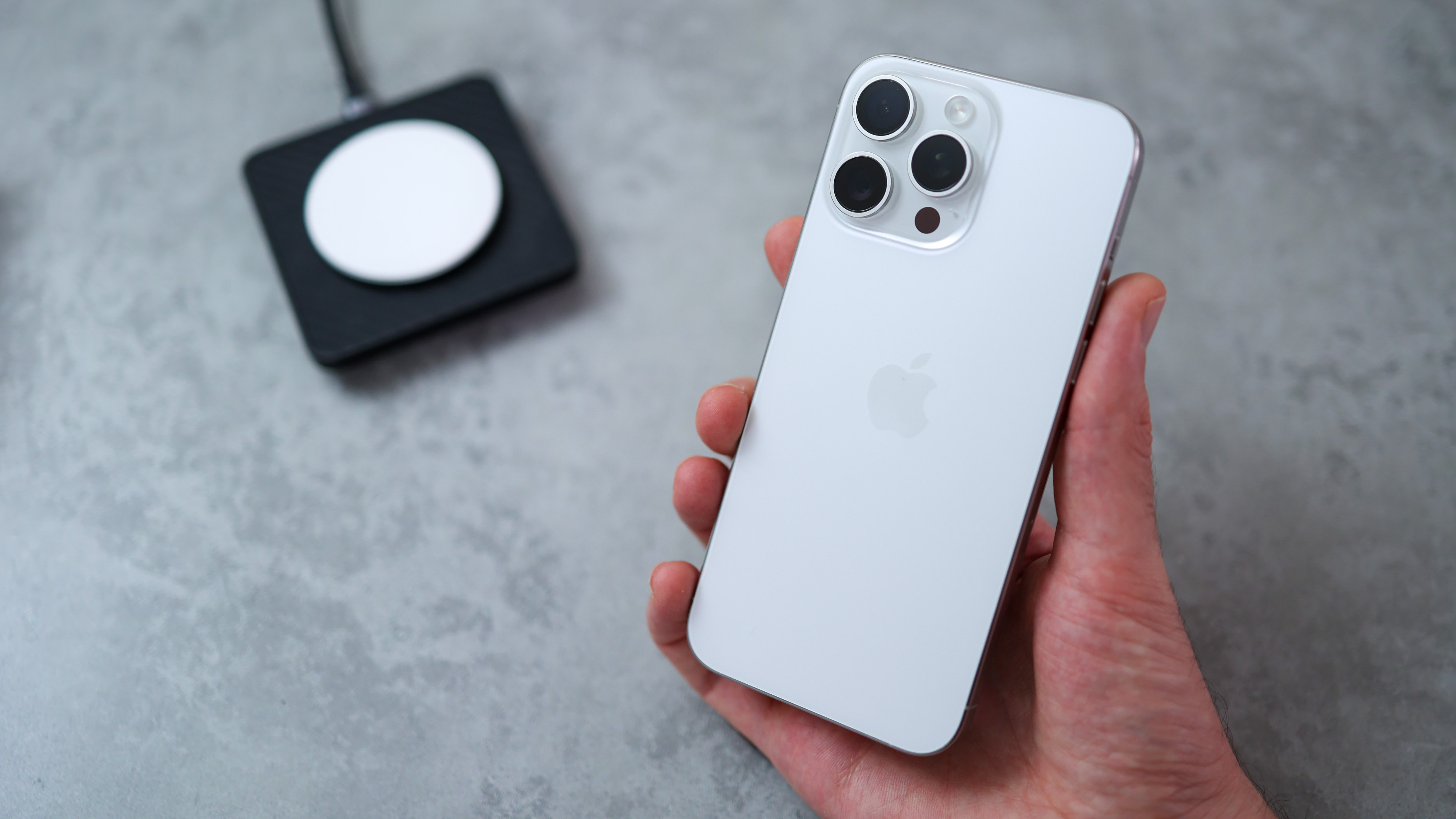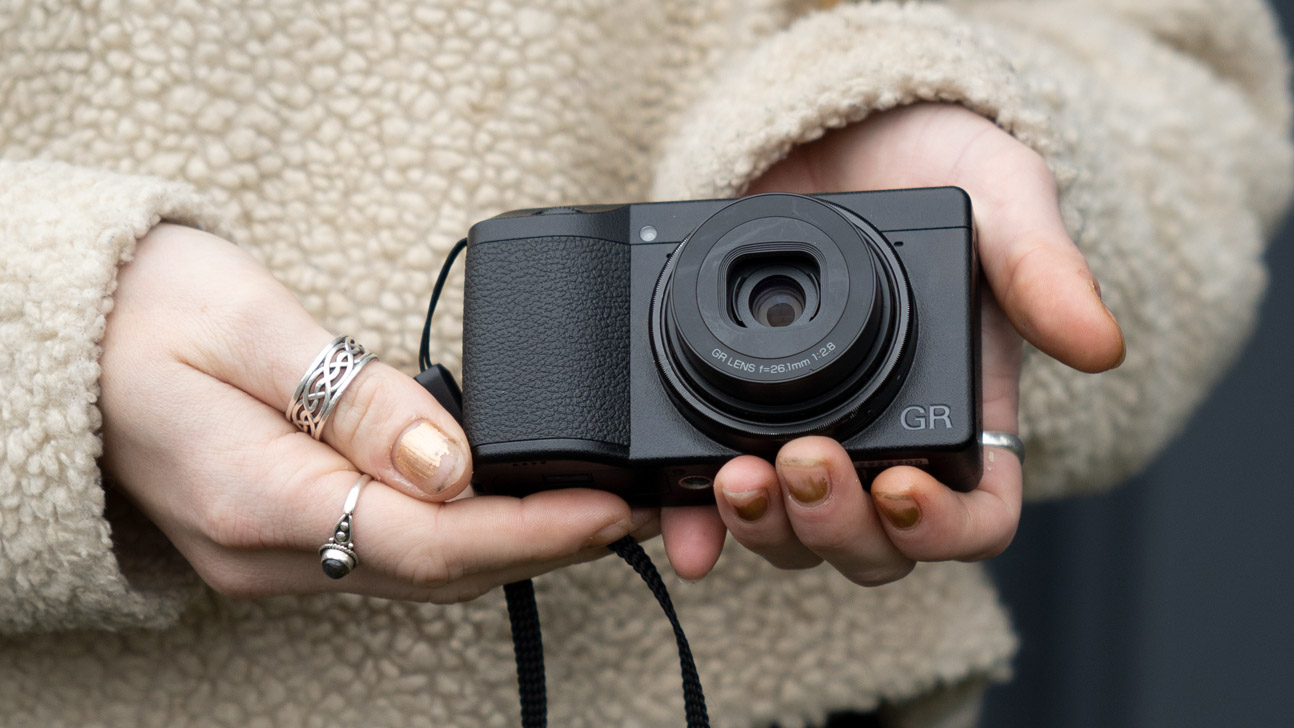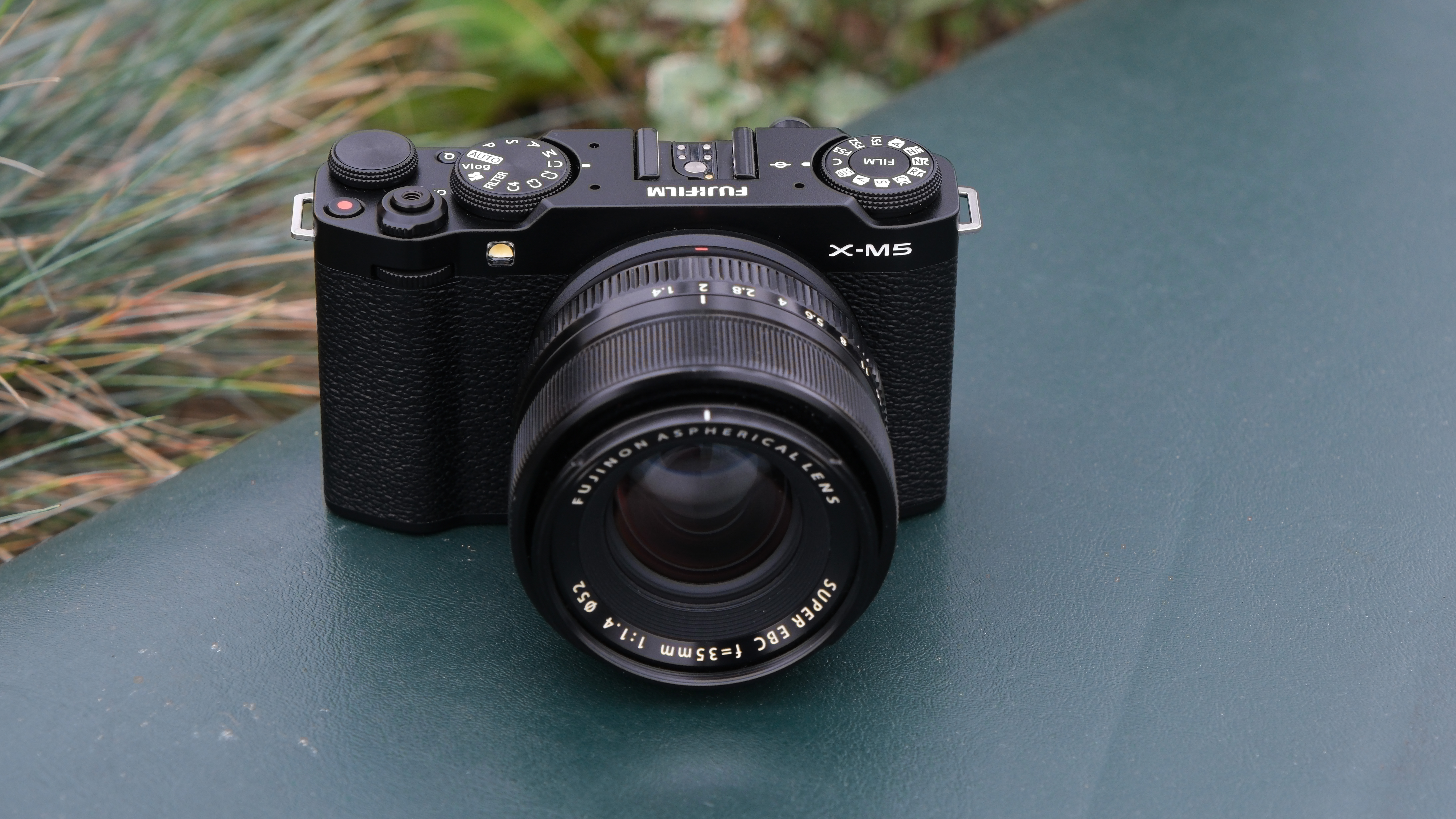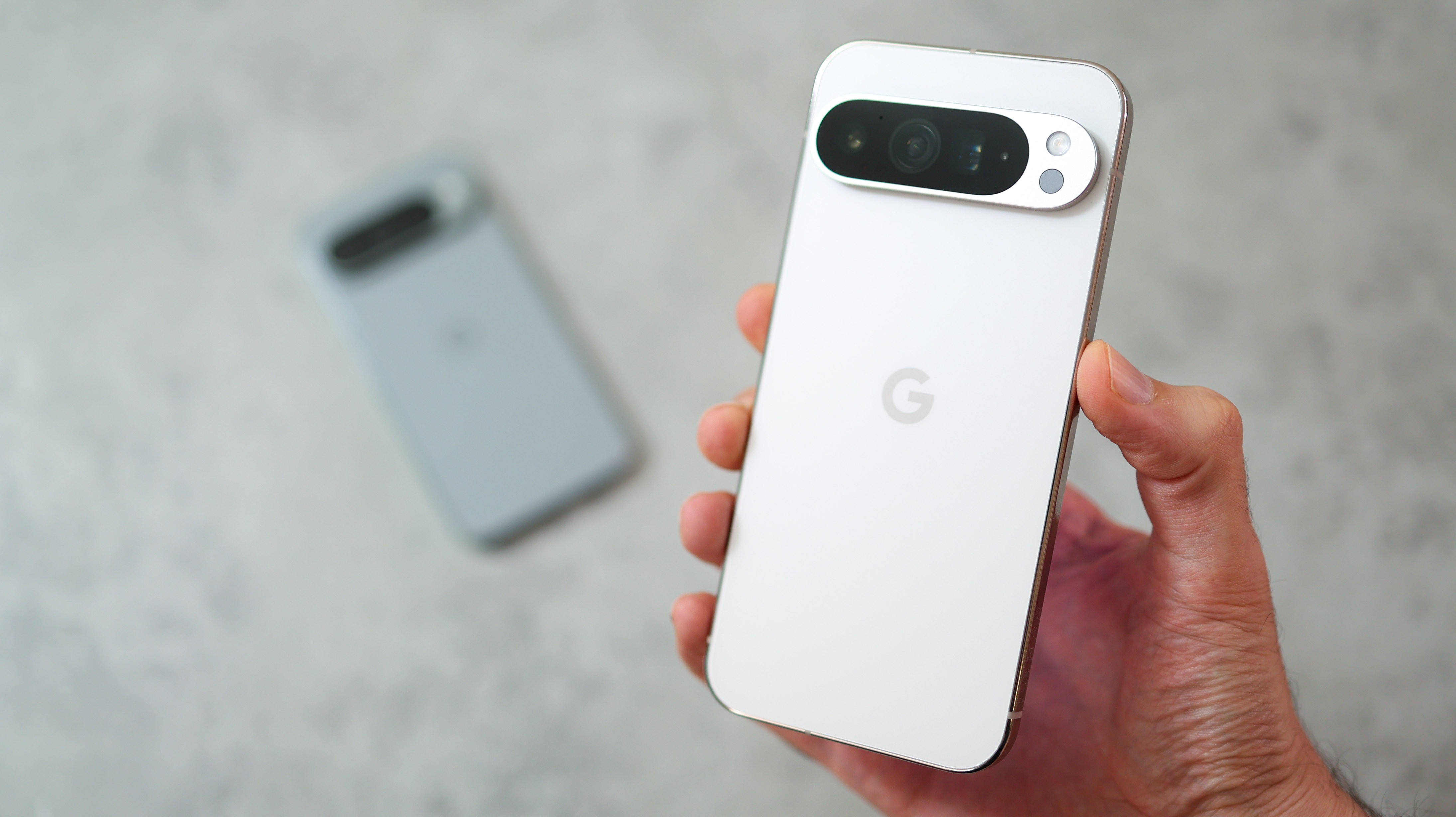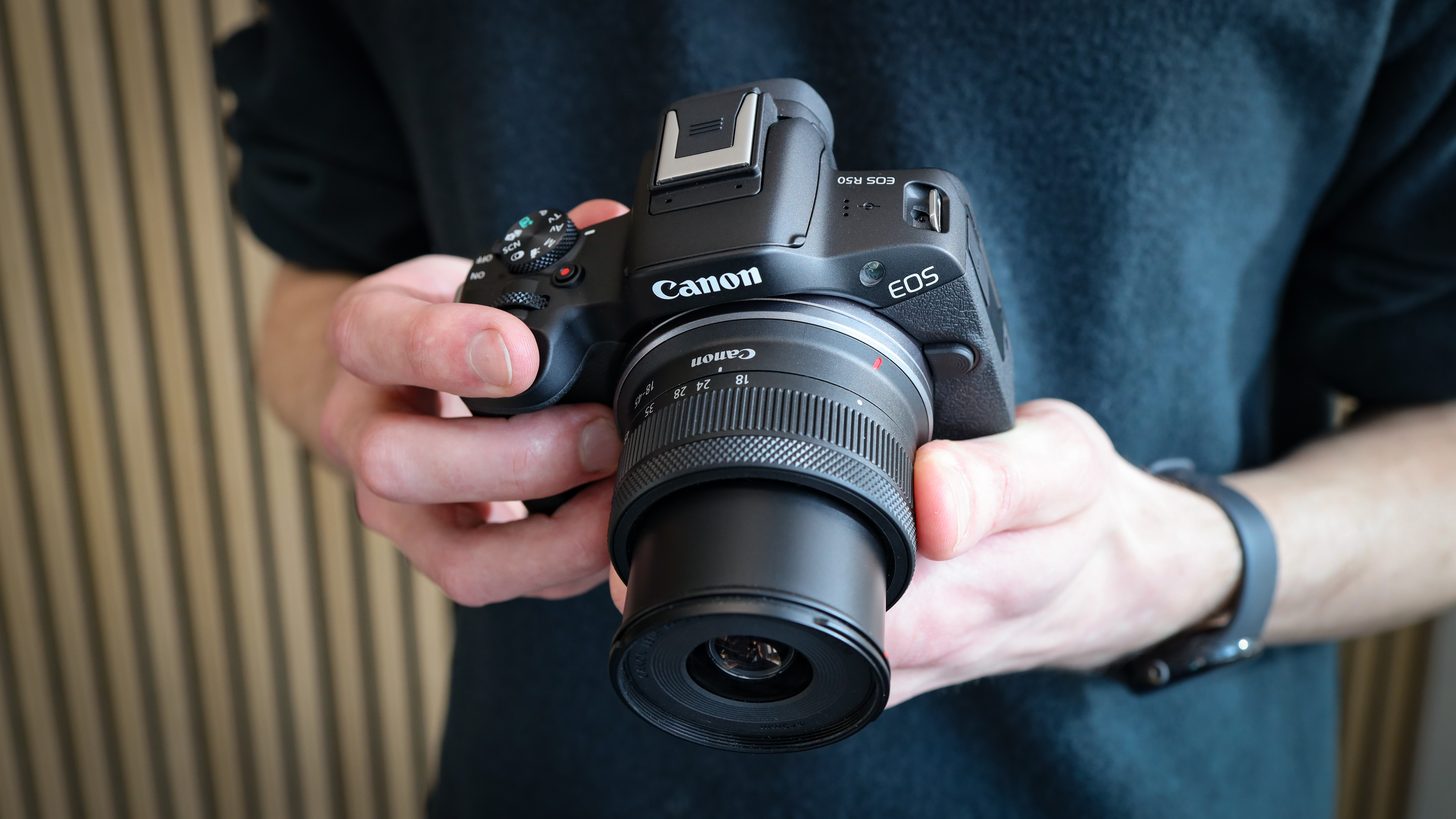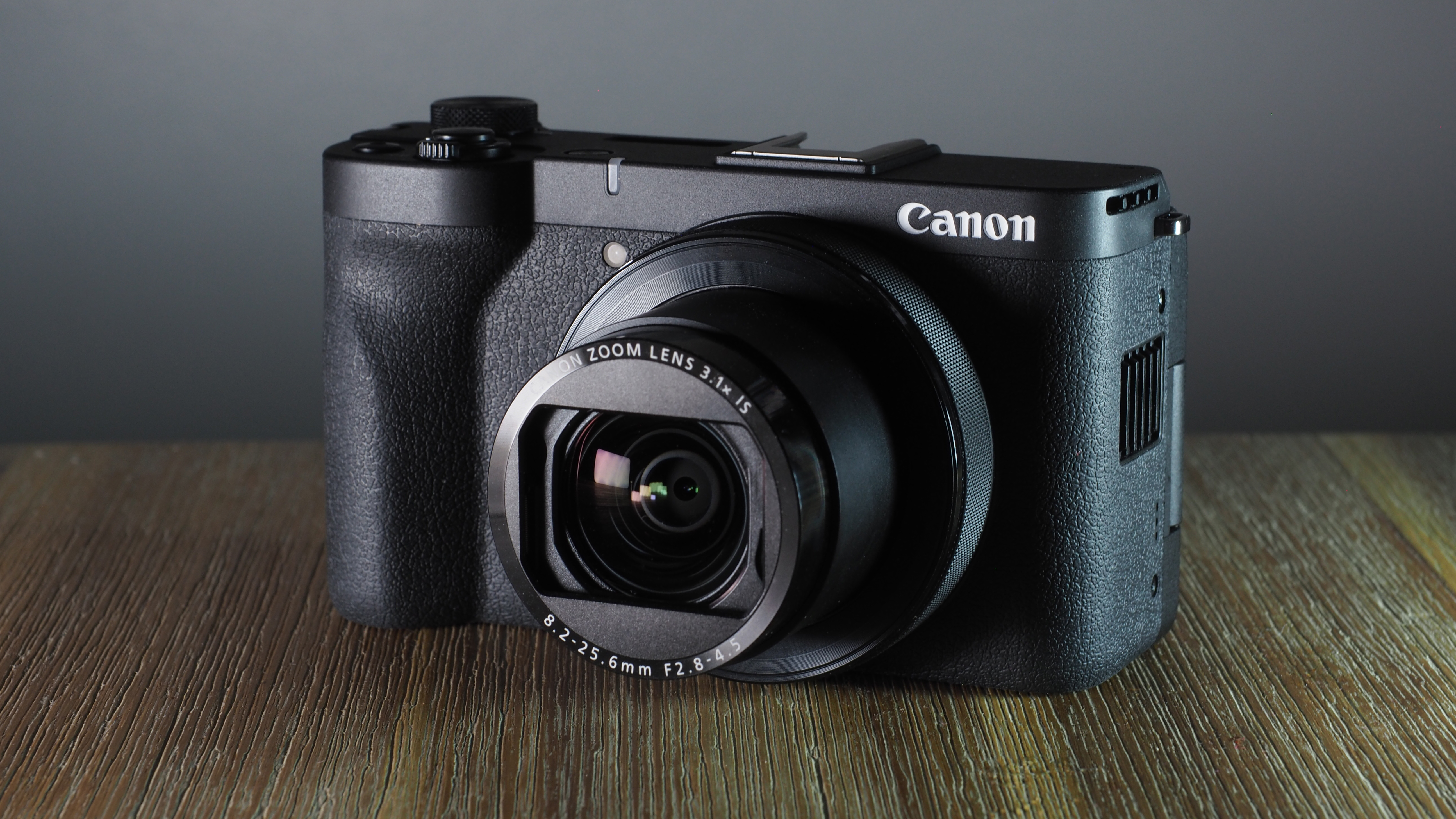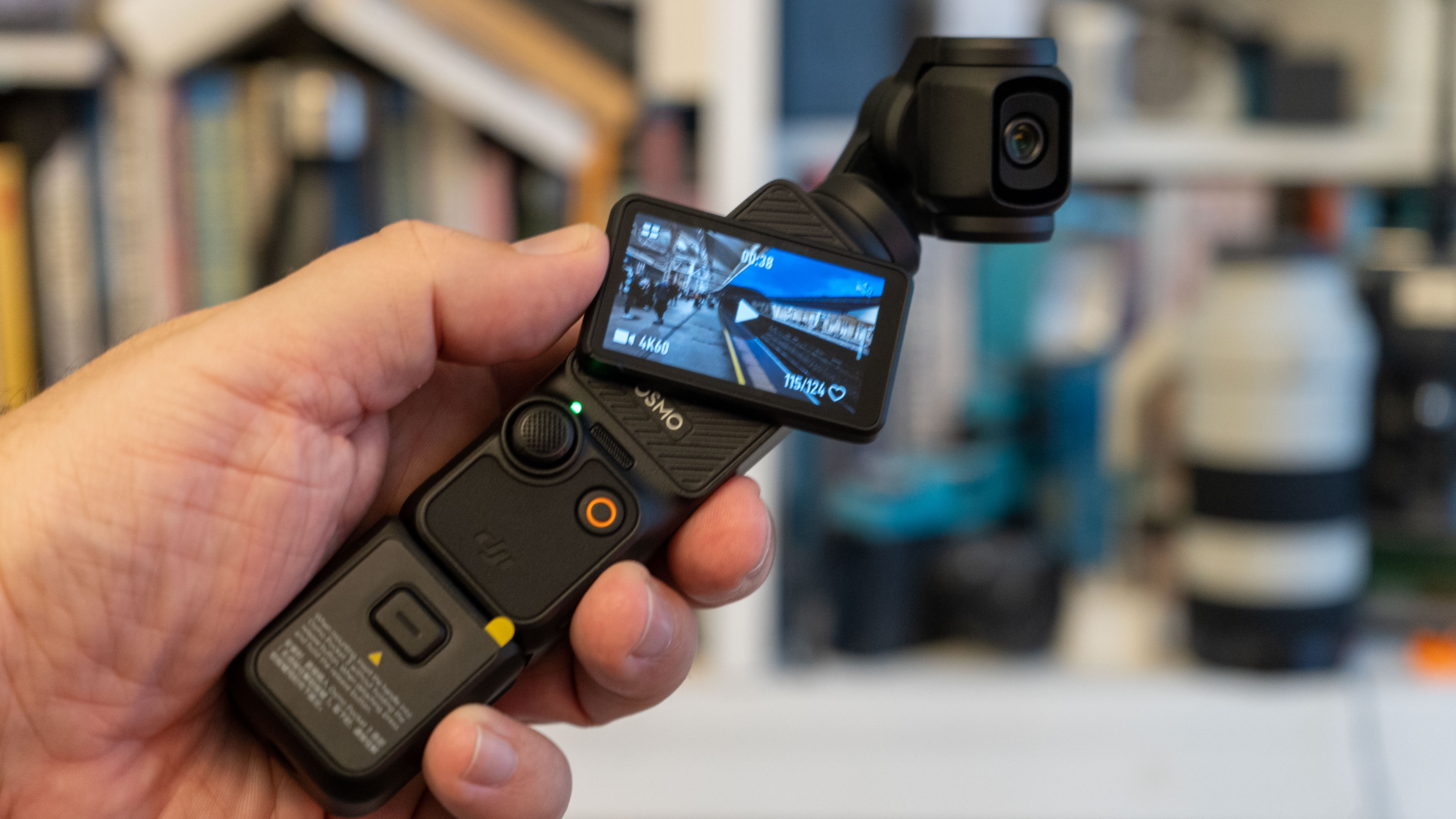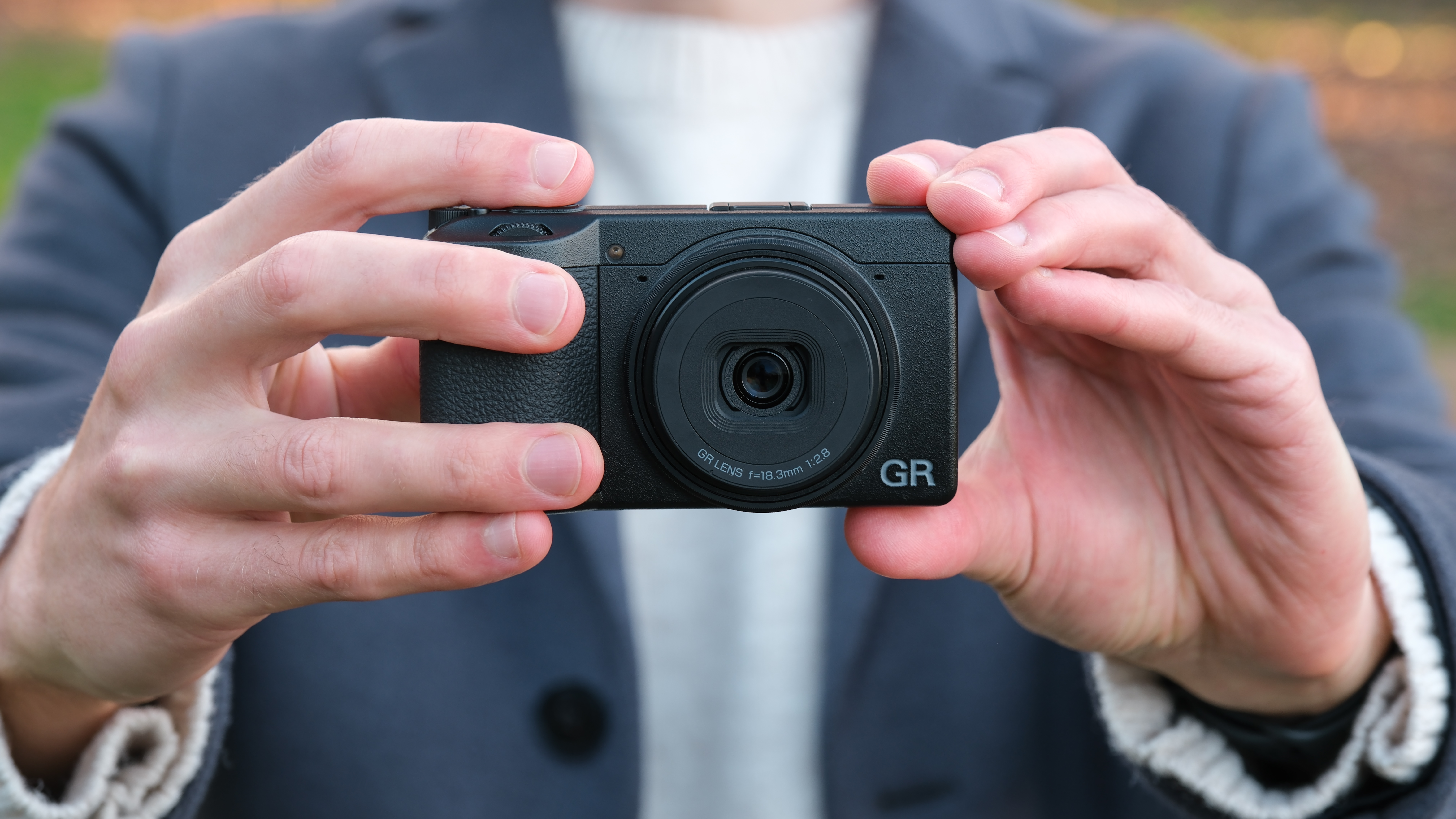The best cameras for Instagram: take your gram game to the next level
The best cameras for Instagram offer video and photo capabilities, WiFi transfer, and won't break the bank
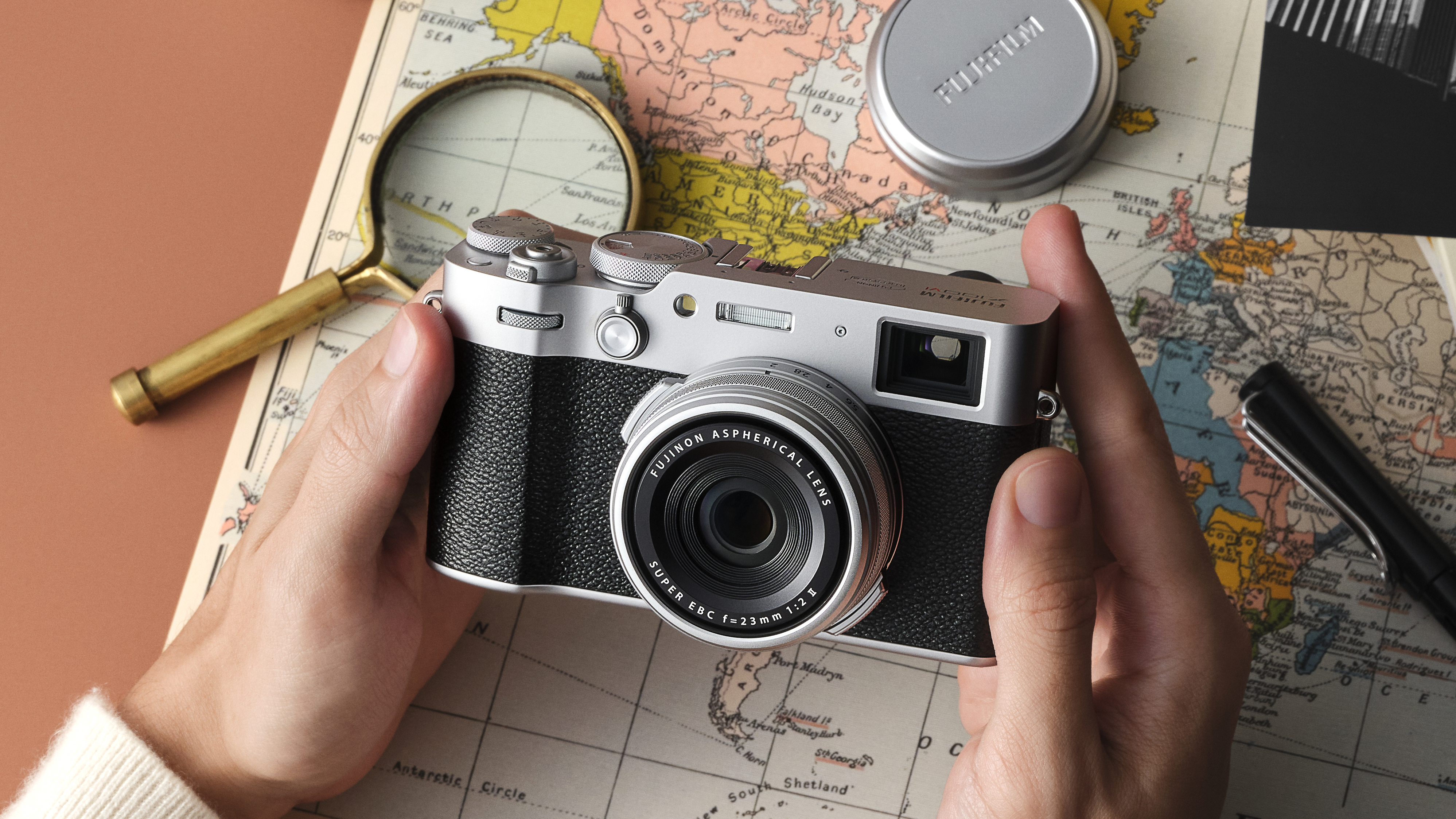
These days, the best cameras for Instagram need to take not just great-quality photos, but brilliant videos too. At least, if you want to get noticed – as much as some may not want to face it, it’s a fact that the algorithm favours videos and Reels, and discoverability is pretty much dependent on producing them.
Portability is a factor too, not to mention price – and with the ease of modern wireless image transfer, you don’t have to be restricted to just a phone. As such, I’ve compiled this list of dedicated cameras and phones of like, all of which I’d say fill a different niche for Instagram users.
While the best camera phones are still going to get the job done (especially given Instagram’s vicious image compression), dedicated cameras can deliver much more versatility, especially for video. So, take a look as I count off my picks of the best cameras for all types of Instagram user, with options for all different budgets.

Gareth is the Reviews Editor at Digital Camera World and the person in charge of approving all the latest camera-related tech. A keen Instagramer, he's shared quite a few pics taken with the cameras on this list.
The Quick List
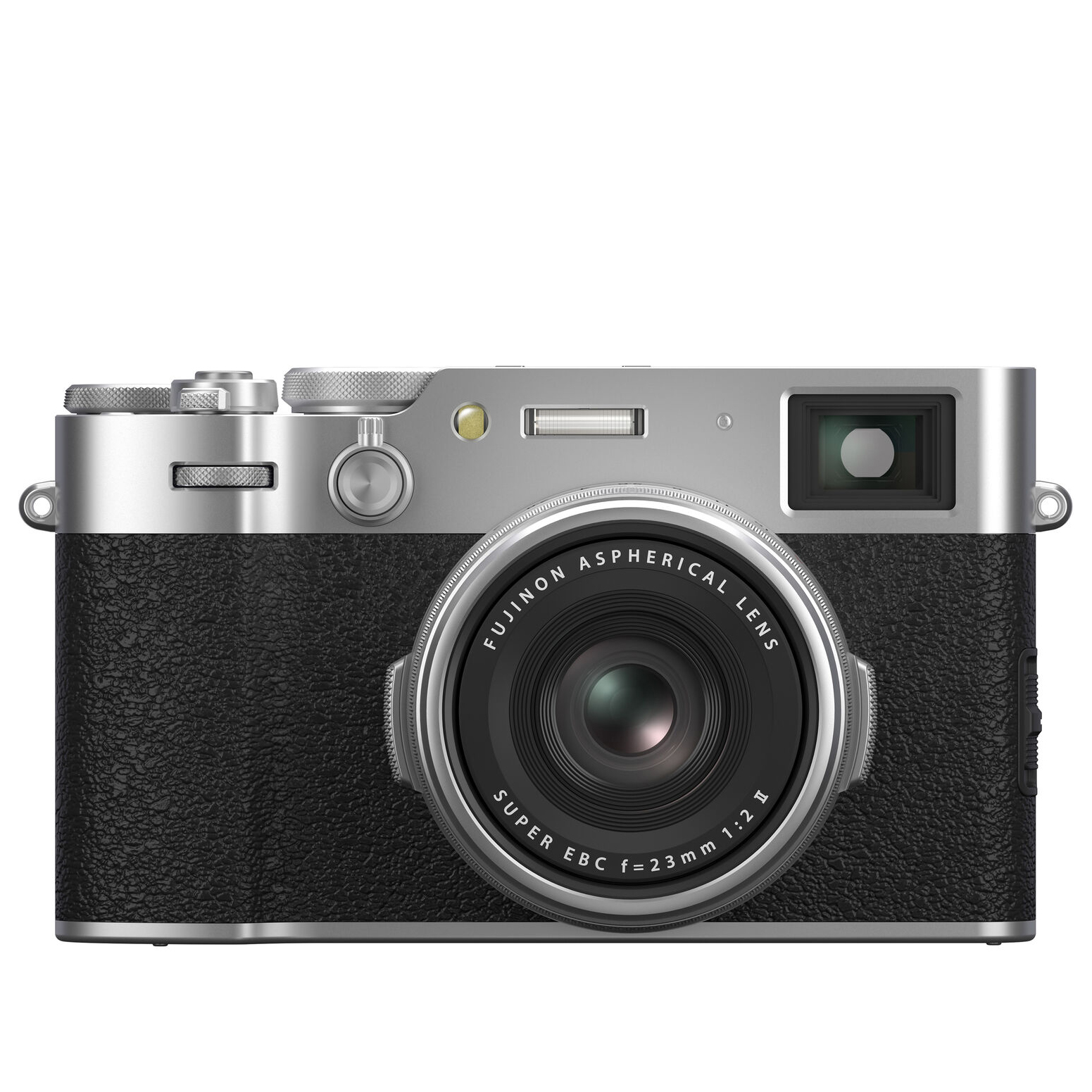
It's new, it's expensive and it's devilishly hard to get hold of, but the Fujifilm X100VI is an exceptional piece of kit that'll make you the envy of Instagrammers everywhere.
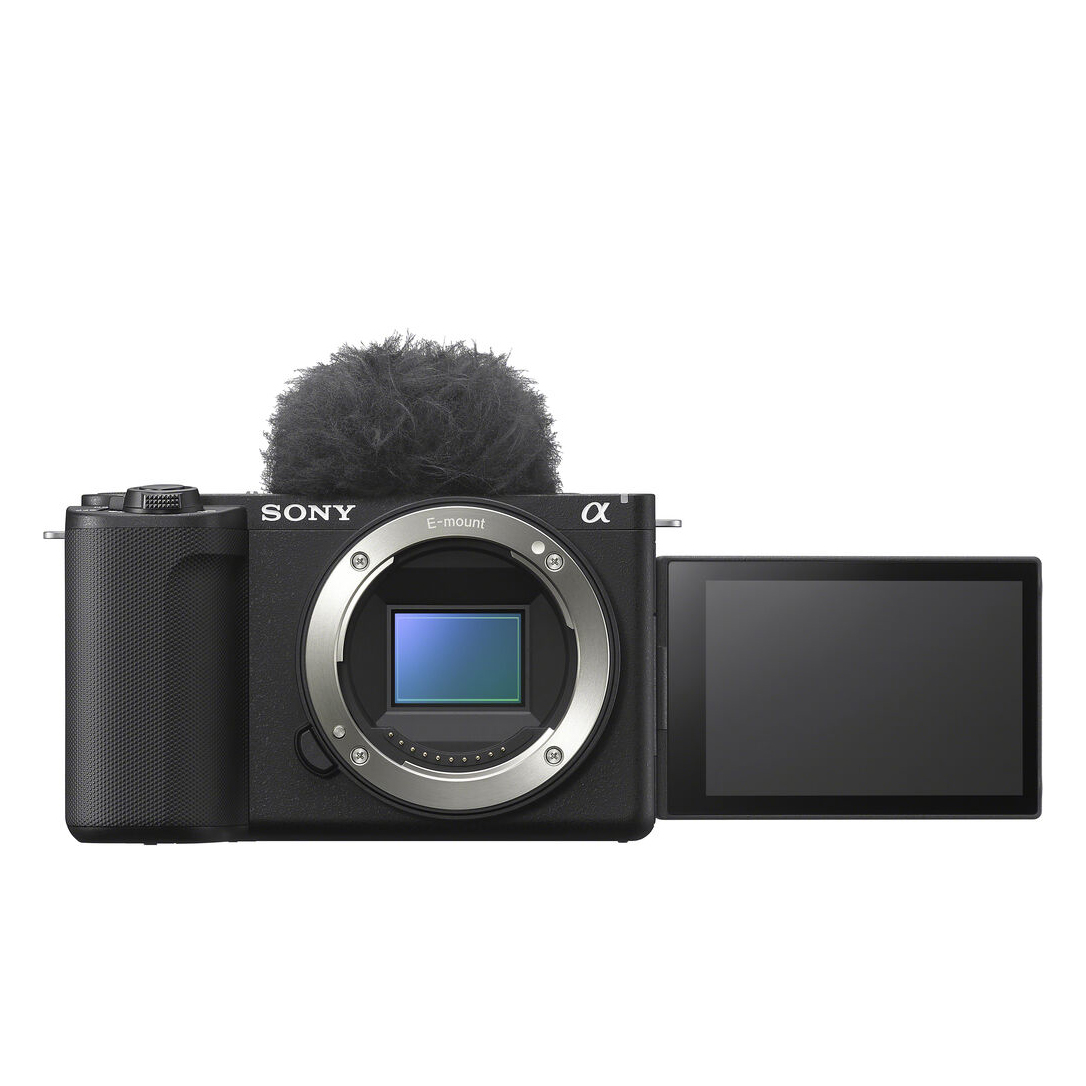
If Instagram Reels (and video stories) are what you love then the Sony ZV-E10 II is a fantastic little camera with interchangeable lenses that captures excellent video footage that will shine on your grid.
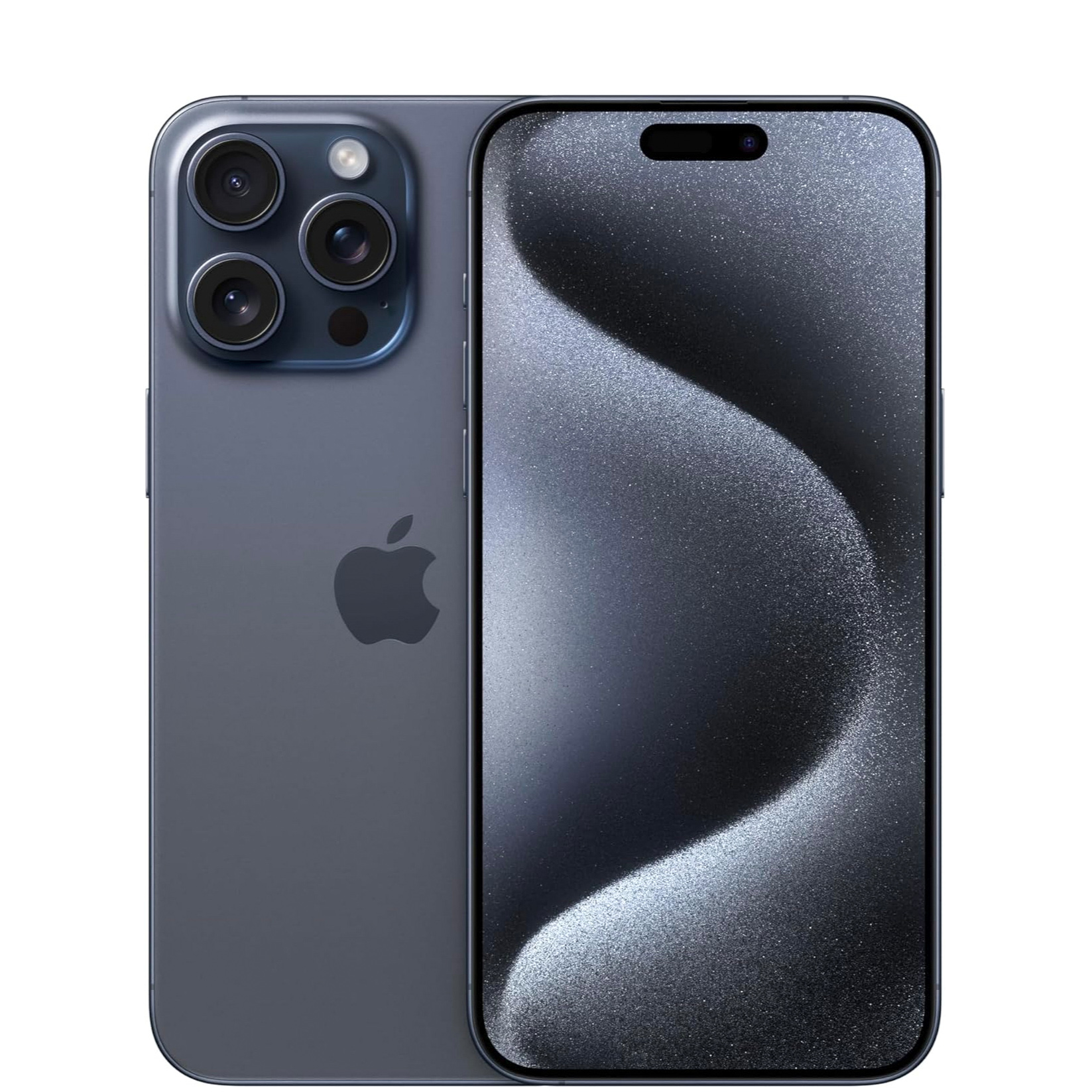
Apple's biggest, baddest and best iPhone yet delivers the most streamlined Instagram experience possible – and produces great images, too.

For fast-paced street shooting, as is popular on Instagram, we love the Ricoh GR IIIx and its 40mm equivalent lens. It focuses fast, and it's lightweight, too.
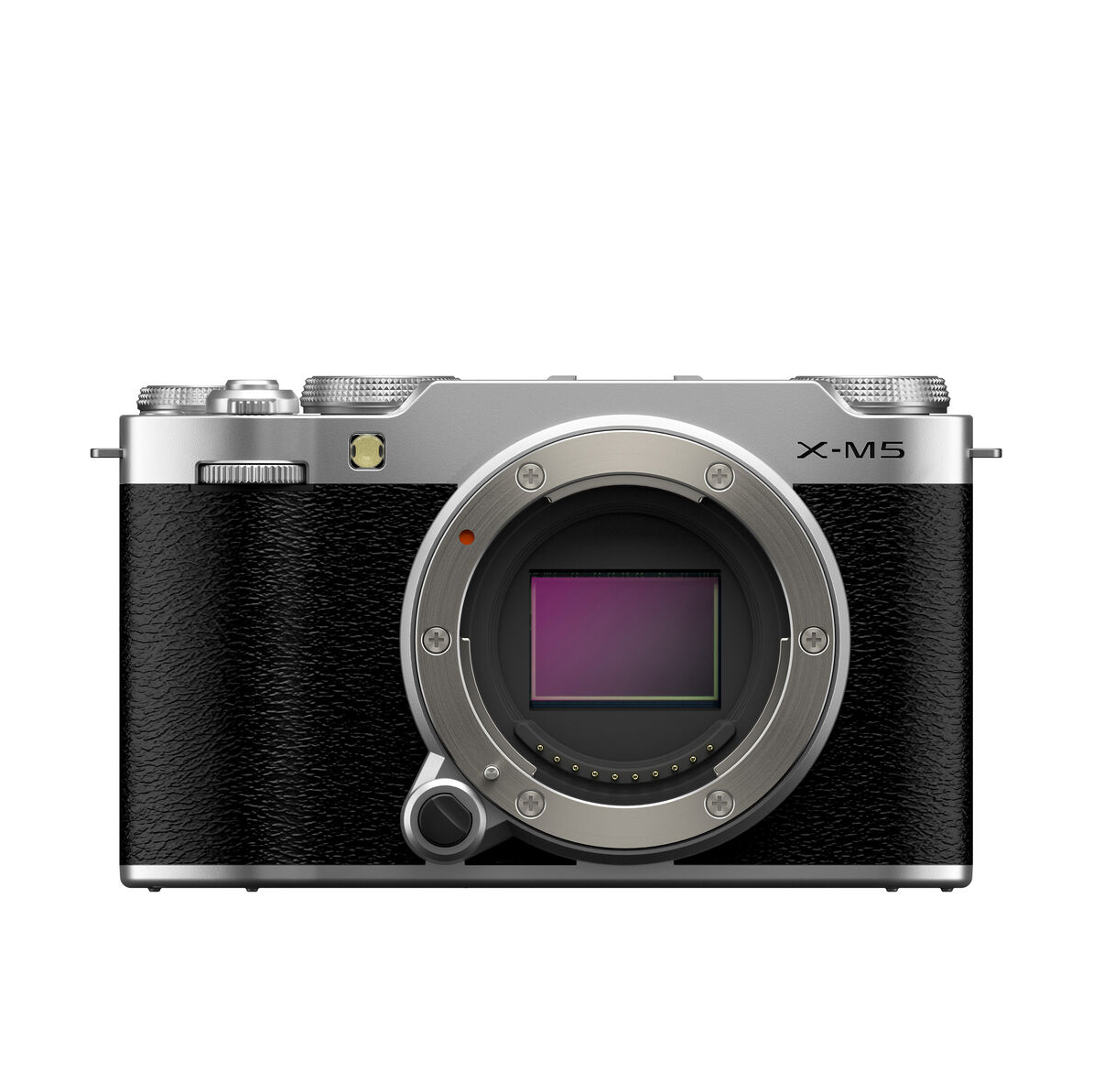
Incredibly light on its feet, with access to a selection of brilliant lenses, Fujifilm's X-M5 is a fantastic choice for both photos and video, making it one of the most versatile options.
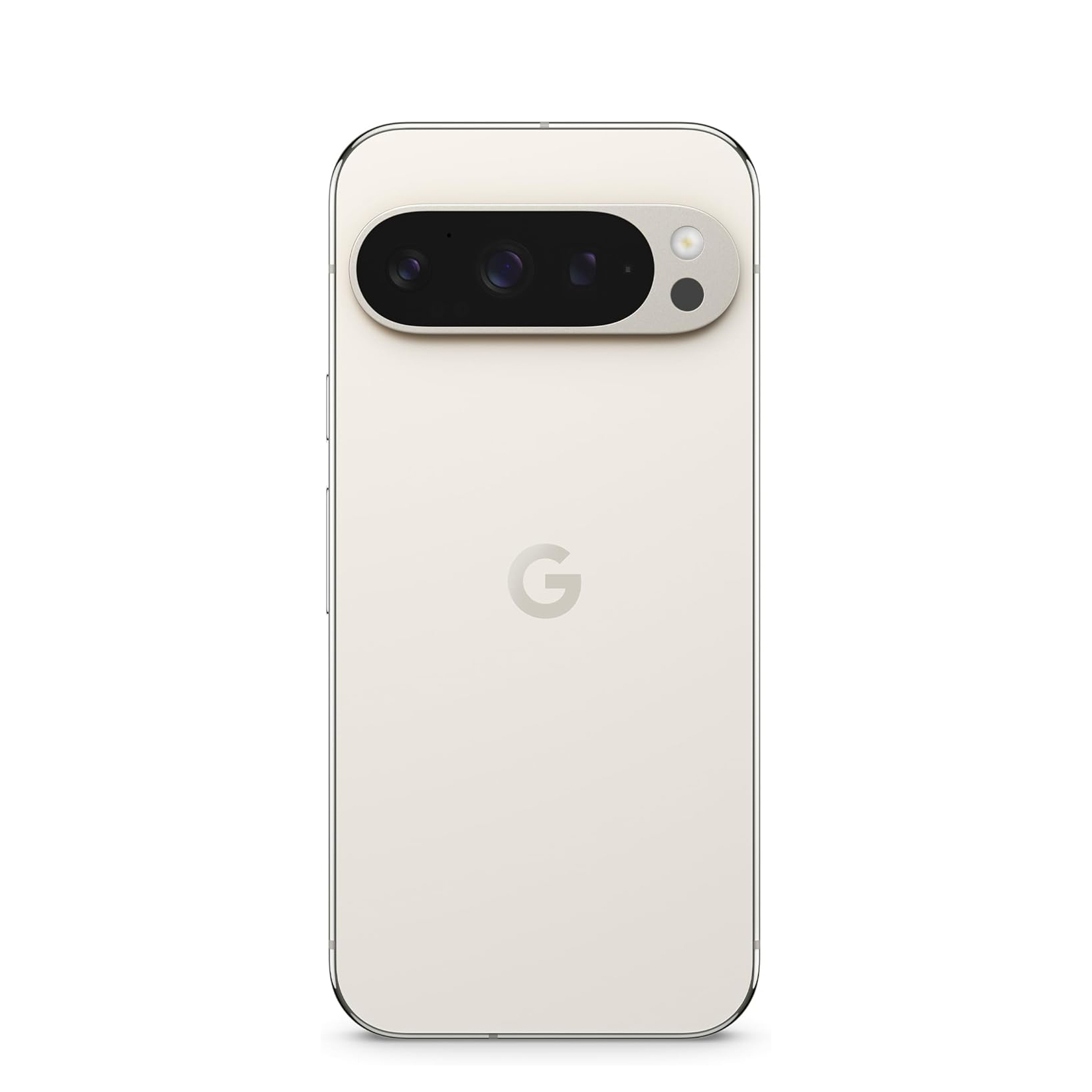
In terms of camera power for your buck, Google's Pixel 9 Pro is pretty unbeatable right now – the best photography on any phone, and only narrowly beaten on video by the iPhone.
View the full list ⇩
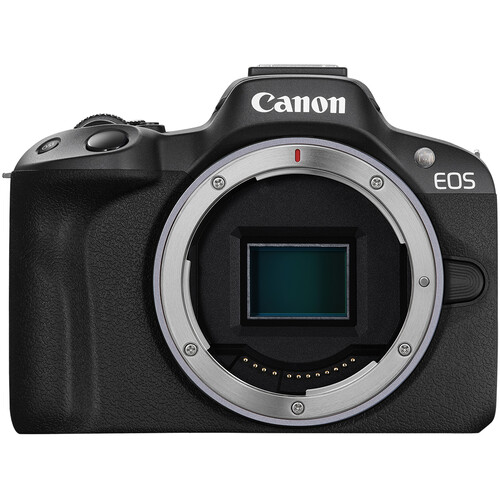
An affordable, novice-friendly mirrorless camera that still sports an APS-C sensor, the Canon EOS R50 is great for maximizing image quality without getting complicated.
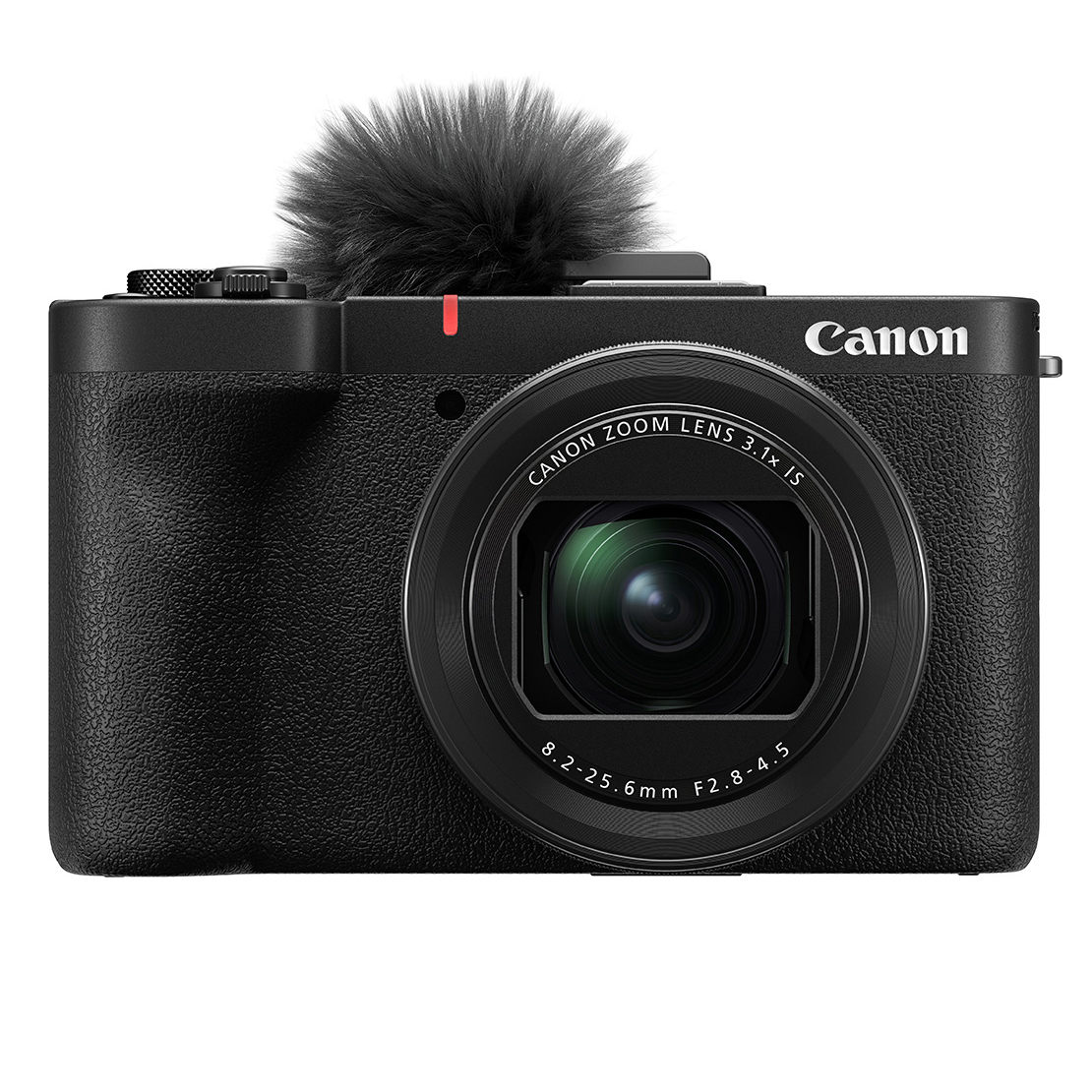
The PowerShot V1 is Canon's latest video-focused compact – and it's a killer! A 1.4-inch sensor delivers impressive dynamic range, and the in-camera audio is great, too.
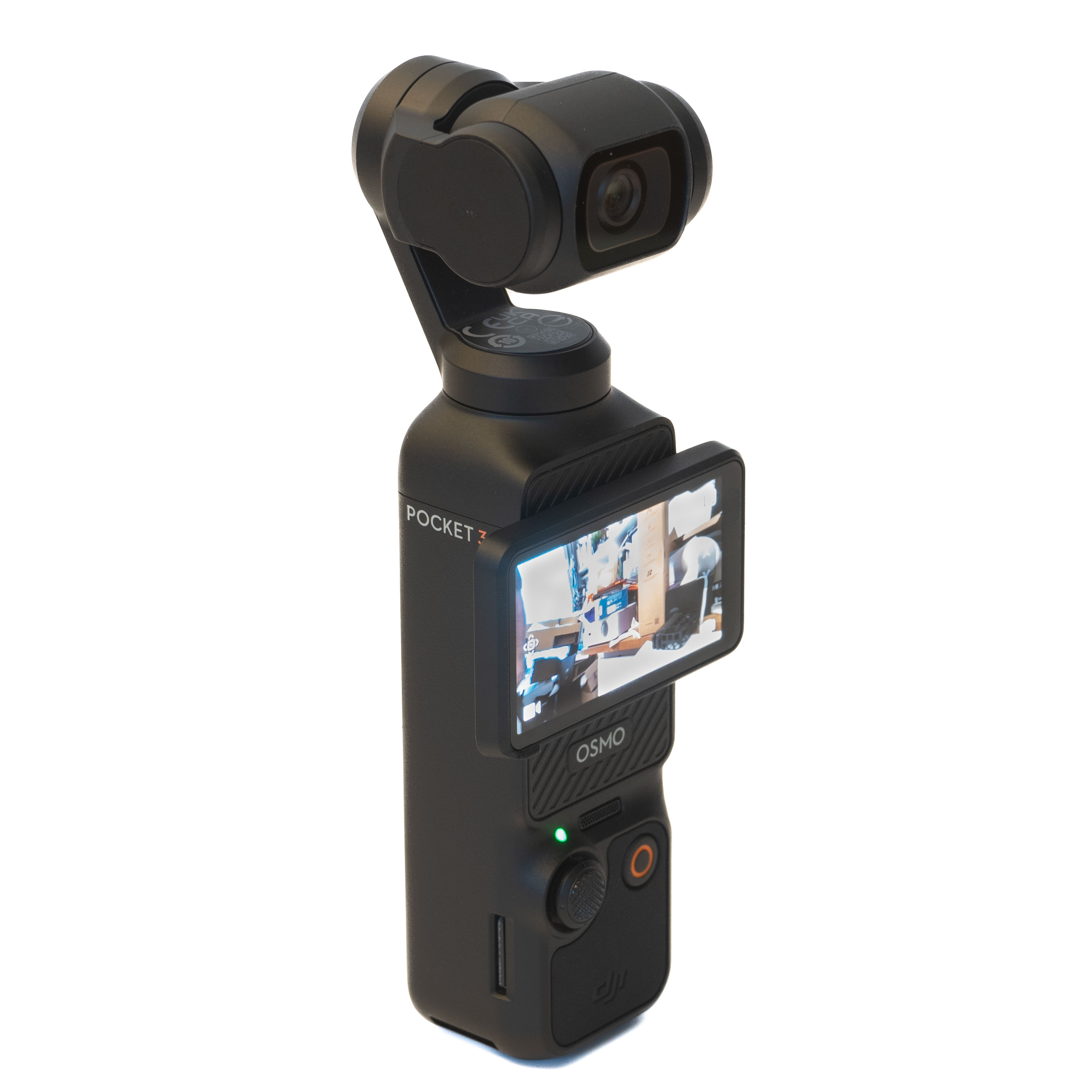
The stabilised Osmo Pocket 3 has a rotating screen and vertical modes that make it brilliant for capturing and creating mobile-friendly Instagram Reels..
Best cameras for Instagram: the full guide
Why you can trust Digital Camera World
Best camera for Instagram for style
Specifications
Reasons to buy
Reasons to avoid
✅ You want a premium compact camera: The X100VI stands out as the top choice in the shrinking compact camera market. It’s pocket-sized yet delivers an exceptional photographic experience.
✅ You love retro-inspired cameras: it’s a nod to classic rangefinder film cameras from the past. Beyond its stylish appearance, the build quality is top-notch, and it feels fantastic in hand.
❌ You want to shoot at different focal lengths: The X100VI features a fixed 23mm lens, meaning it cannot be swapped out.
❌ You want to shoot lots of video: The two-way tilting screen can limit vlogging and recording from difficult angles.
When was the last time a camera caused such a frenzy among photographers? Honestly, I can't remember when people were quite as excited for a camera as they were for the Fujifilm X100VI, a long-awaited successor to the mega-viral X100V, which has had Fujifilm scrambling to fill back-orders after it blew up on TikTok. I'm not claiming to be immune either – I was certainly excited when time came for me to review it!
The formula for an X100 camera has been essentially the same since the first one back in 2010 – a high-quality APS-C sensor, paired with a beautifully sharp 23mm lens, all of which is housed in a retro-styled body featuring dial-led controls for an immersive shooting experience. It's got the popular Film Simulation modes that let you emulate classic film stocks, and in general, Fujifilm's color science is second to none. While you certainly can shoot in Raw, if you want a camera that's going to produce Insta-ready JPEGs right away, this is one to do it.
The X100VI also inherits the 40MP sensor from the X-T5, giving you much more latitude to crop into your files losslessly. Video has been much improved compared to the X100V. As you can probably imagine, my review was pretty glowing – excellent image quality, fast autofocus and much-improved video all wrapped up in a stylish package – can you really ask for more than that?
Really, the only downsides of the X100VI are the price (which was to be expected) and how long you might be waiting before you get hold of one!
Read more: Fujifilm X100VI review
Features | 40MP sensor backed up by Fuji's film simulations, 6.2k video, and IBIS all improve on the previous model | ★★★★★ |
Design | Gorgeous and well constructed retro inspired body with an incredible hybrid viewfinder | ★★★★★ |
Performance | Excellent photo performance with photos from the 40MP sensor and fixed lens looking stunning | ★★★★★ |
Value | The quality is top notch, but you will have to pay top dollar which might be too much for some | ★★★★☆ |
Best camera for Instagram Reels and Stories
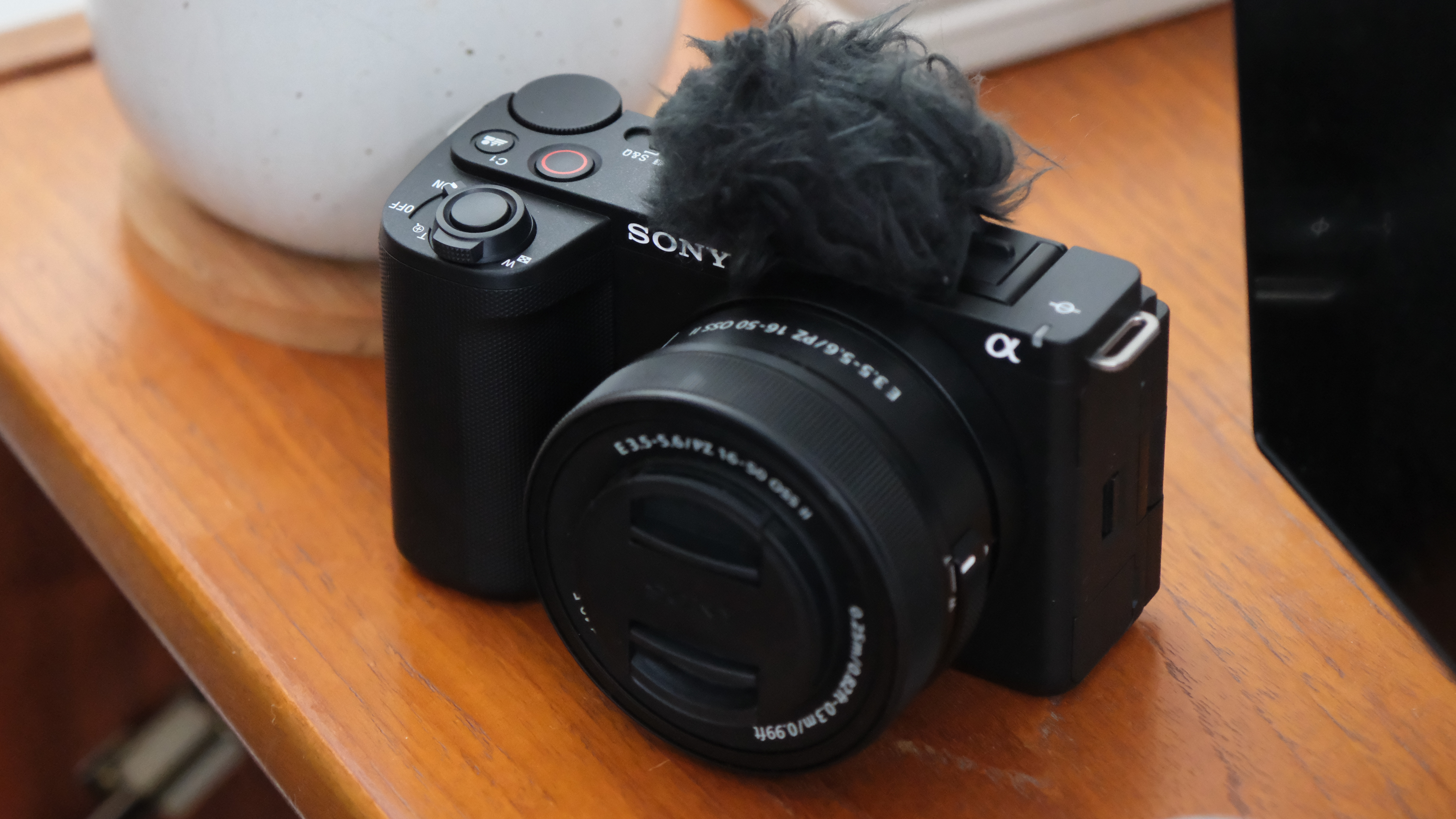
Specifications
Reasons to buy
Reasons to avoid
✅ If you want something compact and lightweight: this model's tiny stature makes it perfect for on-the-go vlogging and content creation.
✅ You want a good quality lens for lots of situations: the bright 20mm f/2.0 lens ensures sharp video quality, even in low-light conditions, with a wide field of view ideal for handheld shooting.
❌ You want some versatility in your focal lengths: the fixed lens with no zoom capability can feel limiting for more versatile shooting needs.
❌ You want a more rounded autofocus for different subjects: the autofocus isn't as responsive as other cameras, making it less suitable for fast-paced action shots.
The Sony ZV-E10 II is a solid choice for anyone focused on video content creation. It offers some significant improvements over its predecessor, particularly in terms of its video capabilities, while maintaining a budget-friendly price point.
On the positive side, it comes with excellent video features such as 4K30p without cropping, and 4K60p with a minimal 1.1x crop, which gives you great flexibility when shooting. One of its standout features is the "Cinematic Vlog" mode, using Sony’s S-Cinetone, which allows you to create impressive footage straight from the camera. For those who like to fine-tune their work in post-production, the ability to shoot in S-Log with 10-bit color is a huge plus. The autofocus is also noteworthy, particularly with its product showcase feature, which seamlessly transitions focus between you and any objects you're showcasing on camera – perfect for vloggers who often feature products in their videos.
However, it’s not without its downsides. The lack of 4K120p might be a dealbreaker for some, though for its price range, it's understandable. Another limitation is that prolonged 4K recording can lead to overheating, so it’s more suitable for shorter video sessions rather than long-form continuous shooting.
Overall, if you’re a vlogger or video creator looking for an affordable, compact camera with impressive video-centric features, the ZV-E10 II is definitely worth considering.
Read more: Sony ZV-E10 II review
Features | New sensor, larger battery, and improved menu system ensure worthy upgrade. | ★★★★★ |
Design | Nice design, chunky grip, but compact with kit lens attached. | ★★★★☆ |
Performance | Great 4K video, no crop, but weaker subject recognition without AI. | ★★★★☆ |
Value | Well-priced for features, but cheaper 4K options exist with fewer features. | ★★★★☆ |
Best phone for Instagram
Specifications
Reasons to buy
Reasons to avoid
✅ Stunning Camera System: Equipped with a versatile triple-lens setup including a powerful 48MP main sensor, ultra-wide, and telephoto lenses.
✅ ProRAW and ProRes Support: Capture and edit photos in ProRAW for greater control over your images, and shoot ProRes video for high-quality footage that elevates your content.
❌ High Price Tag: Its premium pricing could be a deterrent for those looking for a more budget-friendly option.
❌ No Expandable Storage: With no option for expandable storage, you may find yourself managing limited internal space for all your photos and videos.
Apple's best-ever iPhone for photography gets better with the release of the iPhone 16 Pro Max. While not everybody needs features like a 5x telephoto zoom lens or a huge 6.7-inch Super Retina XDR display, those who do will find the iPhone 16 Pro Max to be an absolutely sublime Instagram camera. The user experience is as polished and refined as ever, and in terms of ease of use from shooting to posting, I think the iPhone is basically unmatched.
While there have been some reports of overheating with the iPhone 15 Pro Max, our tester Basil didn't encounter these when he subjected it to a full test and review. What we did find was that the phone held up brilliantly under a number of conditions, with a display that looks great in all lights, and a versatile camera system that produces sublime shots. While there are some slight noise issues at the end of the zoom, it's mostly a home run.
Battery life has also been improved, making the iPhone 16 Pro Max a much better choice for power users who expect to spend a lot of time shooting, editing, and scrolling.
Read more Apple iPhone 16 Pro Max review
Features | It's Apple, so you know you're getting a slick, capable camera array. | ★★★★½ |
Design | Too big for some? Maybe, but in all other areas it's sleek as you like. | ★★★★½ |
Performance | iOS 18 was a little buggy when we tested it, and lacking Apple Intelligence. | ★★★★ |
Value | Nobody can really argue that this isn't an expensive phone. | ★★★½ |
| Row 4 - Cell 0 | Row 4 - Cell 1 | Row 4 - Cell 2 |
Best everyday carry Instagram camera
Specifications
Reasons to buy
Reasons to avoid
✅ You love a 40mm focal length: It’s a niche choice for some, but for many, it beautifully captures what the eye sees.
✅ You want a big sensor in a small package: While it may be niche, it’s highly valued for capturing precisely what the eye sees in a compact form.
❌ You want a viewfinder: An eye-level viewfinder is available, but it must be purchased separately.
❌ You're on a budget: With its features and hype, it comes with a high price tag.
Street photography is very popular on Instagram, and if this is something you'd like to shoot, I'd definitely recommend considering the Ricoh GR IIIx. It's similar in form factor to an X100 camera, in that it's built around a fixed prime lens and an APS-C sensor – however, the GR IIIx ups the focal length to 40mm equivalent. This is great for getting naturalistic images that are a little closer to your subject. With natty eye focus and effective stabilization, the GR IIIx is a wunderkind for quick, handheld grab shots.
In reviewing the camera, Hannah was majorly impressed with how compact it is, and how many features are packed into those small dimensions. There's a built-in ND filter, letting you control the light levels in bright conditions and making larger apertures more useable in blazing daylight. It's also handy for video, and while the GR IIIx only shoots in Full HD rather than 4K, this is realistically plenty for Reels and Stories.
It's a fairly pricey camera, and you may balk at having to also pay even more for extra accessories like a viewfinder. However, the Ricoh GR IIIx is still one of my favorite cameras for street shooting.
Read our full Ricoh GR IIIx review
Features | A fast f/2.8 40mm lens, 2GB storage, Eye AF – I could go on. | ★★★★½ |
Design | Tough, light and compact, though not weather-sealed. | ★★★★ |
Performance | Impressively versatile for a fixed-lens camera. | ★★★★★ |
Value | Costs a bit, but provides a lot for the money. | ★★★★ |
Best Instagram camera for versatility
Specifications
Reasons to buy
Reasons to avoid
✅ You shoot a lot of video: The Fujifilm X-M5 excels at video with 6.2K open-gate, codecs for filmmakers, and options for vlogging and vertical video.
✅ You want a versatile hybrid camera: The X-M5 isn’t just for video – it also captures stunning stills, with access to Fuji’s full X-Mount lens lineup and Film Simulations.
❌ You want a viewfinder: The X-M5 eschews the EVF in favour of keeping the size and cost down.
❌ You have large hands: The tiny X-M5 can be fiddly to operate.
I gave the Fujifilm X-M5 the full five stars when I reviewed it, and I think it's going to be an extremely strong choice for a lot of Instagram users – especially those who shoot both photos and video. A tiny mirrorless machine, it's one of the most affordable new options in Fujifilm's X-series stable, and it's brilliant for both videos and photos.
Video first. I was honestly pretty blown away by the X-M5's video spec – it shoots 6.2K open-gate video, meaning it uses the full width of the APS-C sensor, making footage much easier to crop into different aspect ratio. There's also a dedicated vertical video mode for shooting Reels, and if you want to grade your footage, you can shoot in the flat F-Log2 profile.
The other half of the equation is that the X-M5 is also a strong photographer's camera, producing stills of brilliant quality. Like all modern Fujifilm cameras (including of course the X100VI), it allows you to take advantage of the famous Film Simulation modes, which are just what they sound like – special digital modes that ape the looks of classic film stocks like Provia and Velvia. For producing Insta-ready images straight out of the camera, they're the ideal choice – and they can also be applied to video.
Read more: Fujifilm X-M5 review
Features | Absolutely stacked for both stills and video. | ★★★★★ |
Design | Dinky and charming, though may be too small for some. | ★★★★ |
Performance | Outstanding image quality across the board. | ★★★★★ |
Value | One of Fujifilm's cheaper options. | ★★★★ |
Best Android phone for Instagram
Specifications
Reasons to buy
Reasons to avoid
✅ AI-Driven Enhancements: Google's AI enhances your images automatically, making every shot look professionally edited and Instagram-ready with minimal effort.
✅ Versatile Shooting Modes: Enjoy a range of shooting modes, including Night Sight for low-light conditions, Portrait mode for beautiful bokeh, and Ultra-Wide for expansive landscapes.
❌ Limited Optical Zoom: Although the Pixel 8 Pro excels in many areas, its optical zoom capabilities may not match the performance of dedicated zoom lenses or cameras.
❌ Battery Life: Intensive use of high-resolution photography and video features can drain the battery quickly, requiring frequent recharging during busy shooting days.
The Pixel 9 Pro is one of the best camera phones you can buy at its price, and if you want to use an Android phone, I think it's your best bet for Instagram. While the camera hardware upgrades are fairly minimal from the Pixel 8 Pro, there have been some massive improvements to Google's much-touted AI tools like Magic Editor. This empowers new features like 'Night Sight' for better low light images, 'Unblur' for cleaning up small motion, and 'Face Selection', so you can choose different poses for each face in a photo to get Instagram-perfect group shots.
The Pixel 9 Pro has also improved video quite significantly over previous models, and while it still can't quite beat the iPhone, it has come a long way and offers some of the best video in an Android phone. This has also been boosted by 'Night Sight for Video' which uses AI to boost video detail in low light. In terms of the quality you get for your money, our reviewer Basil felt it was the best phone of last year.
There's one thing that I think can hold back Google's phones, and it's that some people might not like how Google processes photos, with a more natural and cool color tone than the iPhone shots many are used to. That's purely a matter of personal taste – the best thing to do is look at Basil's sample shots in our review and judge for yourself.
With a sleek design, a mighty screen, and excellent future-proofing by way of continued software support, you really do get a lot for your money here. So even though the phone had a couple of small hiccups in our time with it – as a package, you'll be hard-pressed to get a better value flagship phone than the Pixel 9 Pro.
Read more: Google Pixel 9 Pro / 9 Pro XL review
Features | AI smarts open up new shooting possibilities. | ★★★★½ |
Design | Very sleek, with a particularly impressive display. | ★★★★½ |
Performance | Very good, as long as Google's processing is to your taste. | ★★★★ |
Value | On the pricier end, but again, there's a lot here. | ★★★★½ |
Best value camera for Instagram
Specifications
Reasons to buy
Reasons to avoid
✅ Ease of Use: With its intuitive interface and guided modes, the R50 is perfect for beginners who want to capture great photos without a steep learning curve.
✅ Versatile Lens Options: Compatible with Canon’s RF lens range, it offers flexibility to experiment with various focal lengths and styles as you grow your photography skills.
❌ Limited Advanced Features: As an entry-level camera, it lacks some advanced controls and settings found in higher-end models, which might limit creative flexibility.
❌ No 4K Video: The R50 does not support 4K video recording, which might be a limitation for those wanting to create high-resolution video content for their feed.
The Canon EOS R50 is the perfect companion for content creators and Insta-loving travelers who want a small and simple-to-use camera. An APS-C sensor combined with interchangeable lenses is a step up in quality from any compact camera or camera phone – especially when those lenses are from Canon's cutting-edge RF lineup (and you can mount Canon's EF-mount DSLR lenses using an affordable adapter).
One thing that I think a lot of budding Instagram photographers overlook is ease of workflow – it's no good having loads of great pictures if they're a chore to get off the camera. Canon has gone a long way to make connecting a camera to a phone or laptop as simple as possible, with several different methods of wirelessly transferring files, removing the barriers that might slow workflows previously so that content can get online faster.
James and I both spent time with this camera for review, and we loved how the guided UI and Canon's straightforward menus mean it couldn't be simpler to use. With a solid spec sheet, including 24.2MP still images and 4K video (oversampled from 6K), you can get a lot of quality from this tiny camera. The autofocus system trumps anything else in the category, and you get blistering 15fps stills shooting for fast-moving subjects.
Read more: Canon EOS R50 review
Features | A well-equipped beginner's camera, with useful guide modes. | ★★★★ |
Design | Simplistic perhaps, but small and slick. | ★★★½ |
Performance | Solid APS-C image and video quality. | ★★★★ |
Value | Very good indeed, especially with a lens. | ★★★★★ |
Best video compact for Instagram
Specifications
Reasons to buy
Reasons to avoid
✅ Compact and Portable: Its sleek, pocket-sized design makes it easy to carry around, perfect for capturing spontaneous moments and street scenes.
✅ Flip-Up Touchscreen: The flip-up touchscreen is perfect for selfies and vlogging, allowing you to frame shots and see yourself while recording.
❌No viewfinder: For photographers especially, the lack of a viewfinder to compose images with may be a sore point.
❌Limited zoom range: While the 16-50mm equivalent zoom range is pretty much the sweet spot for vlogging, some may find it restrictive.
Some thought Canon might never return to the world of premium compact cameras. The arrival the PowerShot V1 proved such pronouncements to be very much premature, as this is a triumphant video-focused premium compact that frankly blows the Sony ZV compacts out of the water. It's my top pick for anyone who wants an all-in-one camera to use for video on Instagram – though it's pretty cracking for stills as well.
The key feature here is the 1.4-inch sensor. Notably larger than the 1-inch type sensors normally used in cameras of this type, it produces detailed and vivid imagery with excellent dynamic range – excellent for shooting in low light. Video-wise, you get great-looking 4K at 60p (with a crop) or oversampled 30p – and in our review, James was particularly impressed by how the built-in fan let him just keep on shooting and shooting without worrying about the camera overheating.
The built-in stabilization is also very good – not flawless, but does the job for walk-and-talk vlogs. While I'd primarily recommend this camera to those who mostly shoot video for Instagram, it certainly can produce good-looking stills too – though photographers may chafe against the lack of a viewfinder and the limited, video-centric zoom range.
Read more: Canon PowerShot V1 review
Features | Absolutely tons of video options. | ★★★★★ |
Design | Standard premium compact – not many complaints. | ★★★★½ |
Performance | 1.4-inch sensor raises the game. | ★★★★½ |
Value | Expensive, but pretty good value, all told. | ★★★★½ |
Best Instagram camera for Reels
Specifications
Reasons to buy
Reasons to avoid
✅ Superb stabilization: As an integrated gimbal camera, the DJI Osmo Pocket 3 delivers far-superior stabilization than anything else on this list.
✅ Vertical video modes: The rotating screen makes it easy to shoot in vertical mode – ideal for Reels!
❌ Limited for stills: The Osmo Pocket 3 certainly can capture stills, but that's not why anyone would buy it.
❌ No rugged waterproofing: Unlike many similarly specced action cameras, the DJI Osmo Pocket 3 isn't waterproof.
Reels – Instagram's vertical-video TikTok clone – are still big business on the app. Instagram wants you to make them, so they tend to get algorithmically rewarded. If you want to make great-looking Reels into a part of your Instagram repertoire, my recommendation is the DJI Osmo Pocket 3.
Markedly different in form factor from everything else on this list, the DJI Osmo Pocket 3 is a gimbal camera, meaning it is built around an integrated optical stabilizer that makes it easy to shoot moving footage that looks smooth and polished. This allows you to easily introduce motion and dynamism into your Reels. What's more, the Pocket 3 is also designed to facilitate vertical shooting, with a rotating LCD screen that gives you an accurate preview of what you're capturing and how it will look on mobile.
In our review, Adam was impressed in particular with the ActiveTrack, which intelligently tracks moving subjects and locks onto them. All this adds up to make the DJI Osmo Pocket 3 into a very polished experience, and in terms of how easy it makes it to produce good-looking video, there's really very little to rival it right now.
Read more: DJI Osmo Pocket 3 review
Features | A specialised tool, but a very effective one. | ★★★★½ |
Design | The larger screen makes such a difference. | ★★★★½ |
Performance | Brilliant stabilisation, good-quality video. | ★★★★½ |
Value | On the pricey end for its class, though cheaper than mirrorless. | ★★★★ |
Comparisons and Lab Data
How to choose the best camera for Instagram
Instagram is many different things to many different people – but there are some constants. We've identified four primary criteria that we consider when making our choices:
Portability: It’s safe to say that much of what we see on Instagram falls under the genre of “travel” photography. Gleaming white sands, exotic food, and epic landscapes are what fill our feeds anyway. In which case, it stands to reason that you don’t want to be lugging around a great big heavy camera – especially if you’re traveling “hand luggage only”. See our guide to the best cameras for travel.
Connectivity: It’s all well and good taking an amazing picture that will go down well with your followers, but if you can’t get it off your camera quickly and easily then it’s all for nothing. You don’t have this problem with smartphones, but cameras need to have decent Wi-Fi and Bluetooth options – as well as an intuitive smartphone app. (Smartphones are obviously already a step ahead here!)
Image quality: This is the biggie, of course. If there’s one sure-fire way to stand out from the crowd on Instagram, it’s by taking something with superior image quality than the average dinner-sharer. Smartphones are good and getting better, but if you want quality to be your calling card, then a mirrorless camera is the best choice. We're not talking resolution, since Instagram crunches your images, but a camera sensor is able to capture so much more detail, dimension, dynamic range and dynamic motion (by using the shutter to arrest or accentuate motion).
Unusual features: This one applies more to smartphones. We’re keen to suggest smartphones that offer something special – such as wide-angle lenses, telephoto lenses, special modes, or professional-level controls – but cameras offer some great tricks as well. OM System / Olympus cameras have a great selection of in-camera Art Filters, for example, while Fujifilm cameras have built-in film simulations.
What is the best camera for both Instagram and YouTube?
We'd say it's the Fujifilm X-M5. Many modern content creators are expected to be jacks of all trades across multiple platforms, and many people with their own YouTube channel are also going to be running an Instagram page, and vice versa. If you want one camera to work across both platforms, we'd say the Fujifilm X-M5 is a great pick. It's got plenty of video modes, including portrait-orientation shooting for Reels, as well as a mic socket and livestreaming capability.
How do I get a photo/video from my camera to Instagram?
Unlike a smartphone, a camera almost certainly won't have the ability to share directly to Instagram, so you'll need to transfer your files. There are a number of ways to do this – for sharing purposes, the fastest and most convenient is probably to use your camera's in-built Wi-Fi or Bluetooth capability to hook it up to your smartphone, and download from there.
However, since Instagram has (finally) graced us with the ability to upload posts directly from desktop, you may want to plug your camera in via USB and transfer the files that way instead. This is especially useful for video, both in terms of the faster transfer speeds, and the fact that you may want to do some editing on your computer.
How we test the best cameras for Instagram
We test camera resolution, dynamic range and noise under scientifically controlled conditions using two key testing tools: Imatest Master and DxO Analyzer. All DSLRs and mirrorless cameras are subjected to these tests and, in some instances, high-end compact cameras. We also subject all cameras to real-world testing, to get a sense of how they feel to use for the average shooter. For point-and-shoot compact cameras, action cameras and smartphones, we focus more on this real-world testing, as reflecting the likely userbase for these devices.
We use these real-world testing and lab results to inform our comments in buying guides.
The best camera deals, reviews, product advice, and unmissable photography news, direct to your inbox!

Gareth is a photographer based in London, working as a freelance photographer and videographer for the past several years, having the privilege to shoot for some household names. With work focusing on fashion, portrait and lifestyle content creation, he has developed a range of skills covering everything from editorial shoots to social media videos. Outside of work, he has a personal passion for travel and nature photography, with a devotion to sustainability and environmental causes.
- James ArtaiusEditor in Chief
